Candles are not only an embellishment in life but also a necessity. And wax is the main ingredient of candles. So many people are wondering:
What is candle wax made of?
For candle wax, we can primarily divide it into the following 2 types:
- Natural wax. Materials are from plants & animals, such as soy, coconuts, palms, bees, etc.
- Synthetic wax. It comes from chemically synthesized substances like mineral oil and polymer resin.
Each type of candle wax has its own pros and cons. When choosing a candle wax, in addition to considering factors such as smoke-free burning and safety, it is important to pay attention to the melting point. This closely relates to how quickly the fragrance diffuses from the candle. A lower melting point results in faster melting and a quicker release of fragrance.
Additionally, you should consider the stability of the burn, preventing collapse or deformation. Lastly, the wax base should be compatible with added fragrances, dyes, or other additives to ensure the quality and stability of the candle.
Four most common types of plant wax
Soy wax
This is one of the most common and cost-effective wax materials. It is extracted from soybeans and is safe, healthy, environmentally friendly, and biodegradable. Candles made from pure soy wax emit a delightful, creamy scent and can purify the air.
The melting point of soy wax is low, around 50°C. Soy wax can burn for 30% to 50% longer compared to paraffin wax. After burning, it may exhibit hollow and uneven surfaces, which are distinctive characteristics of soy wax. Adding white beeswax can enhance the hardness and smoothness of soy wax, suitable for different-shaped candles.
Soft soy wax is commonly used for making cake candles and scented candles. It applies to varied essential oils and performs well in fragrance diffusion. A popular brand on the market is GW464 (Golden Brands Wax 464), which comes from the US.
Hard soy wax is typically used for making mold candles. It works well with PVC molds and silicone molds, and demolding is relatively easy.
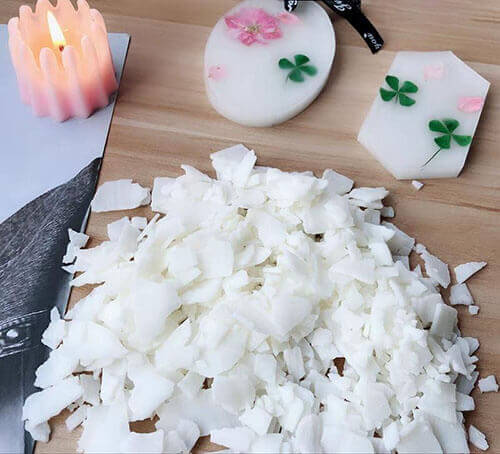
Soft soy wax and candles
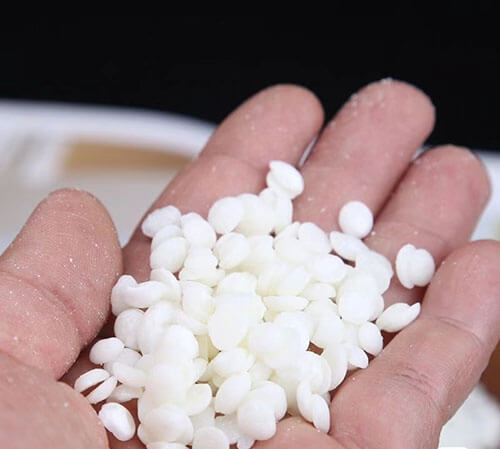
Hard soy wax
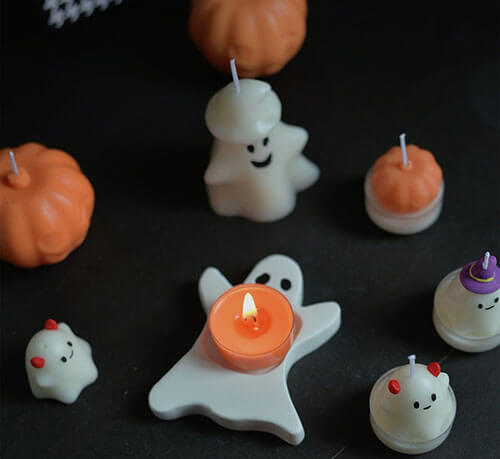
Soy wax candles
Coconut wax
Coconut wax comes from coconut trees, safe and environmentally friendly. It has a low melting point, prone to self-melting during the summer. Besides pure and pleasant aroma, this wax is good at fragrance diffusion, alongside versatile applications in the production of scented candles, massage oils, lip balms, and skincare products.
Candles with coconut wax have a smooth and delicate surface. They burn cleanly, emitting a long-lasting and aromatic fragrance, without posing any harm to the human body. While coconut wax is slightly more expensive than soy wax, the price difference is not significant.
Additionally, manufacturers in China blend coconut wax with other wax types to lower the overall melting point. For example, adding some coconut wax to scented candles can ensure a faster release of fragrance and prevents the formation of pits when burning, thus minimizing waste.
Click to Enlarge
Palm wax
Palm wax is extracted from palm fruits and is non-toxic, safe to use. Compared to coconut wax, palm wax has a slightly higher melting point, around 55-60°C. When cooled at high temperatures (≥90°C), it forms textured crystalline patterns such as snowflake, frost, or feather-like structures. At lower temperatures, it can yield a smooth surface.
When burning, there is no smoke or odor. Due to its higher hardness and melting point, candle factories usually blend palm wax with other softer plant waxes to enhance hardness and adjust melting points.
Click to Enlarge
Rapeseed wax
Rapeseed wax is not only a natural plant wax but also one of the best for fragrance diffusion and pure scent among plant waxes. Swedish rapeseed wax, invented by Skandinavisk, serves as a typical example.
The drawback is that rapeseed wax can not be used alone. It must be blended with other wax materials to achieve optimal fragrance diffusion and appealing appearance.
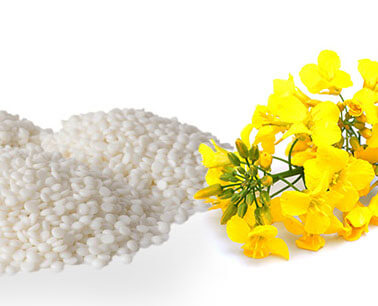
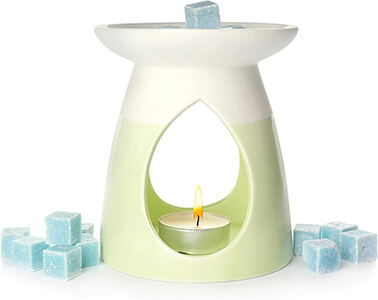
Beeswax
Beeswax is a type of animal wax, also known as yellow wax or honey wax. This is a fatty substance from mature worker bees in the beehive. Typically, there are 2 types: refined white beeswax and unrefined yellow beeswax. Both can burn for a long time, without black smoke.
This natural and environmentally friendly wax carries a subtle honey scent. Various beauty products, such as bath products, lipsticks, and blush, use beeswax. 100% natural beeswax is high in price, often called “noble” candle wax.
It possesses a high melting point, around 65°C. Meanwhile, beeswax is firm, brittle, and highly susceptible to shrinkage when cooled. All these make it prone to detachment and deformation in the process of making container candles. To overcome this, a common practice is to mix beeswax with soy wax in a ratio of 2:1 or 3:1. This blend enhances the smoothness and integrity of the candle surface and prevents excessively soft texture in soy wax-based aromatic candles.
Click to Enlarge
Paraffin wax/mineral wax
Paraffin wax is derived from crude oil refining. Compared to natural wax bases, it has a higher melting point and is not as durable when burned. The specific melting point depends on the level of refinement in the paraffin wax. The most common and widely used types are fully refined paraffin wax and semi-refined paraffin wax, which are primarily used in food and other products such as fruit preservation, wax paper, and crayons.
Paraffin wax has excellent fragrance diffusion, is easy to shape, and exhibits a translucent shine. It is relatively hard and can enhance the hardness and stability of candles. Candles that include paraffin wax are less prone to cracking in winter and are also easier to transport and store. However, a disadvantage is that they produce black smoke when burned.
Many people think paraffin wax is toxic and carcinogenic. However, to date, there is no literature explicitly stating that paraffin wax causes cancer. Many reputable European candle brands add some paraffin wax to ensure the wax base stability. Refined paraffin wax is food-grade and burning it is safe. It is commonly used to manufacture scented wax tablets and pillar candles. Unrefined paraffin wax is only suitable for decorative candles, not recommended for burning.
Regarding the question “How to determine if it’s paraffin wax”, you can pay attention to the product ingredient description, as products will indicate the type of wax used. Another way is to check the candle’s hardness. Paraffin wax is harder, and if you tap it with your finger, it’ll hurt.
Click to Enlarge
Jelly wax/gel wax
Jelly wax or gel wax comes into being by adding chemical polymers to liquid paraffin, with a jelly-like texture. It is transparent and soft with a bouncy feel. Jelly wax has a higher melting point, around 80°C. Due to this characteristic, it requires specific fragrance oils that can not be used with regular essential oils; otherwise, the jelly wax will turn cloudy and opaque.
Jelly wax is convenient for processing, allowing for easy scent blending, coloring, the adding of real dry flowers for decoration, etc. It is well-suited for crafting candles of various shapes that are visually appealing.
Click to Enlarge
As a leading sourcing company in China, JingSourcing has integrated quality suppliers specializing in manufacturing candles into our database.
For your custom candle wax project, we can quickly find suitable suppliers for you and provide competitive quotes. We support custom candles made of various wax types and scents of good quality. Our professional agents will assist you in selecting the best printing methods to achieve your desired custom packaging in the most cost-effective way. And we follow up on production, inspect finished products and arrange shipments to your place at the best rates.
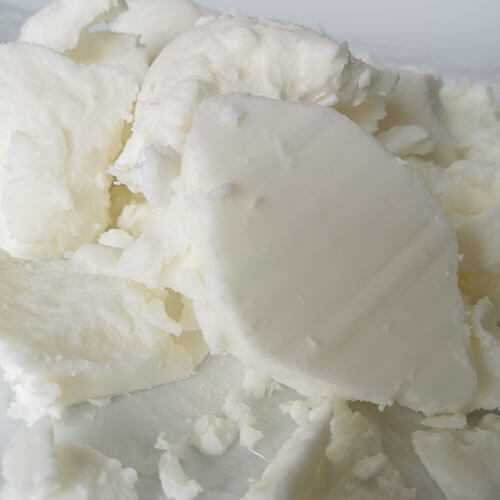
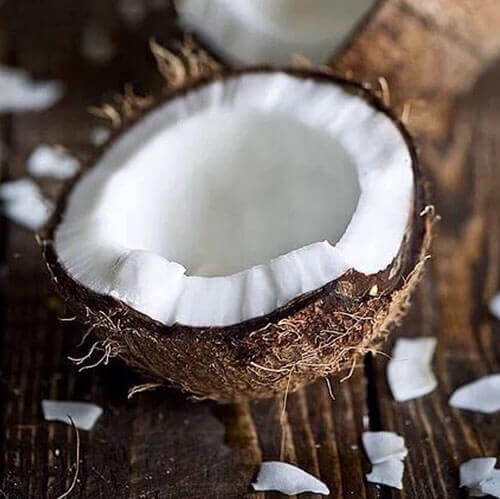
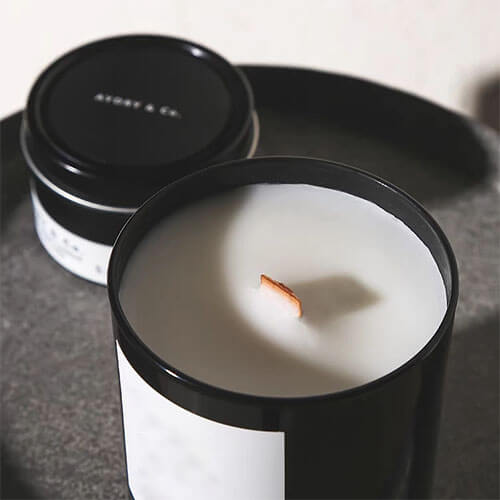
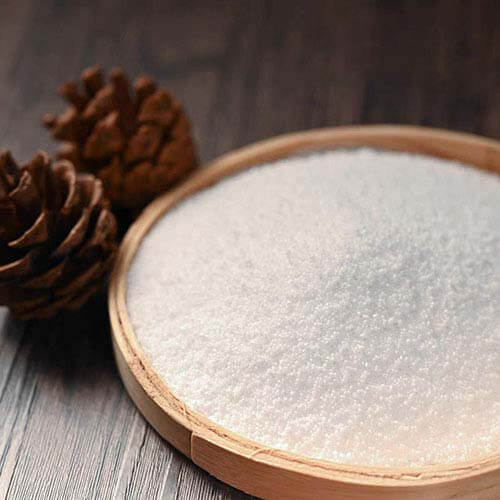

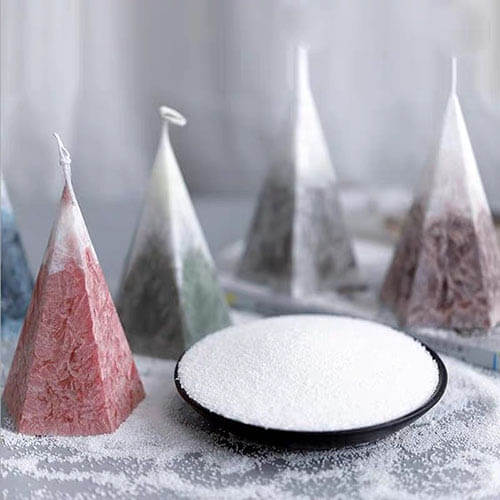
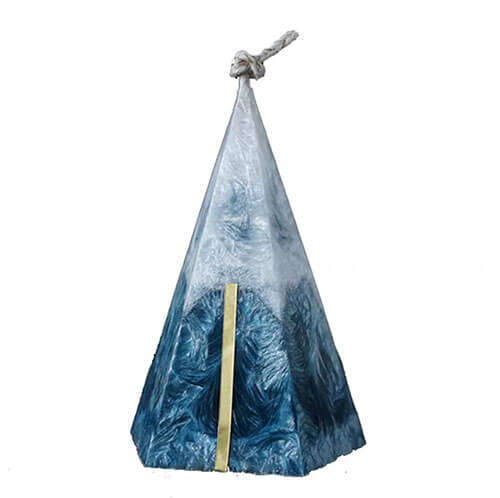
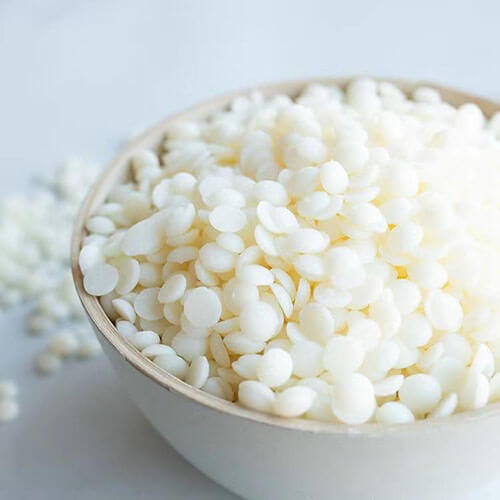
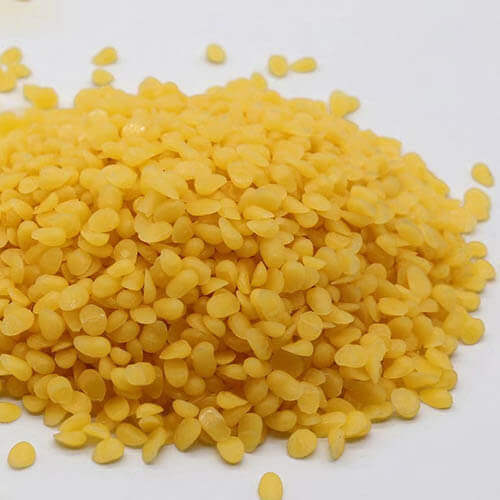
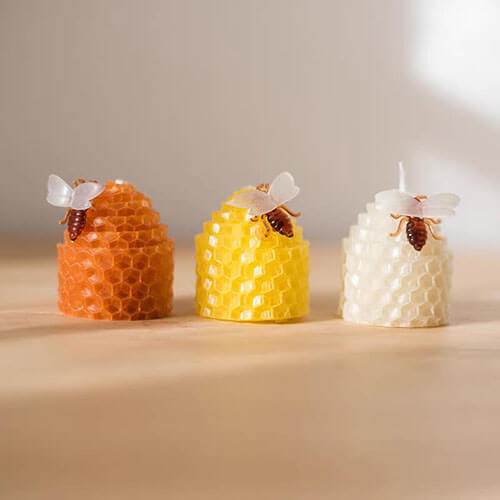

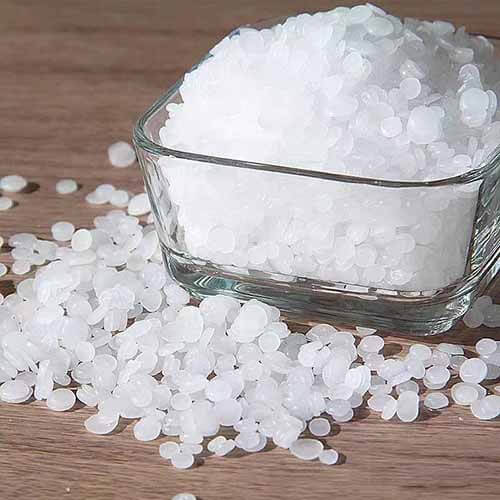
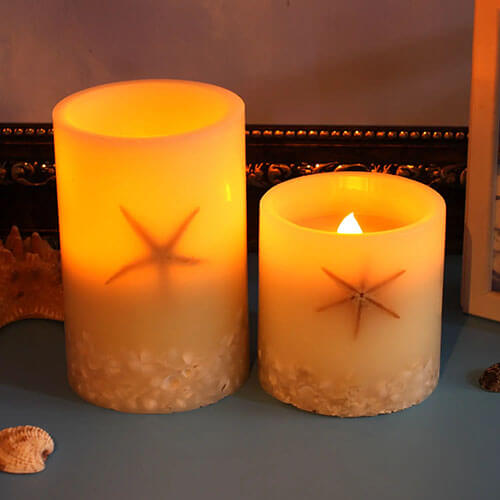
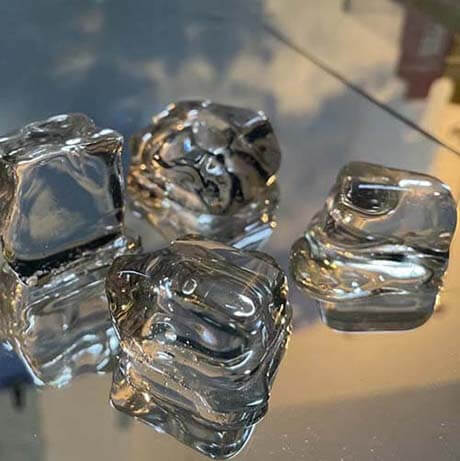


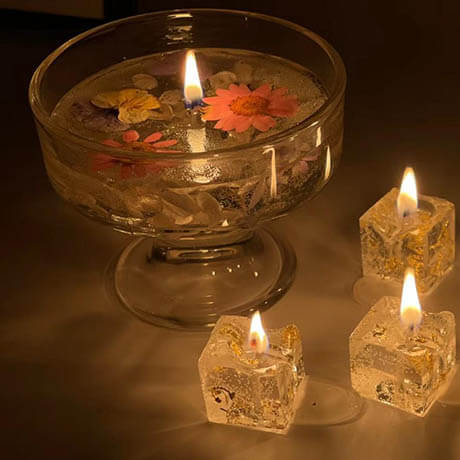

Leave A Comment